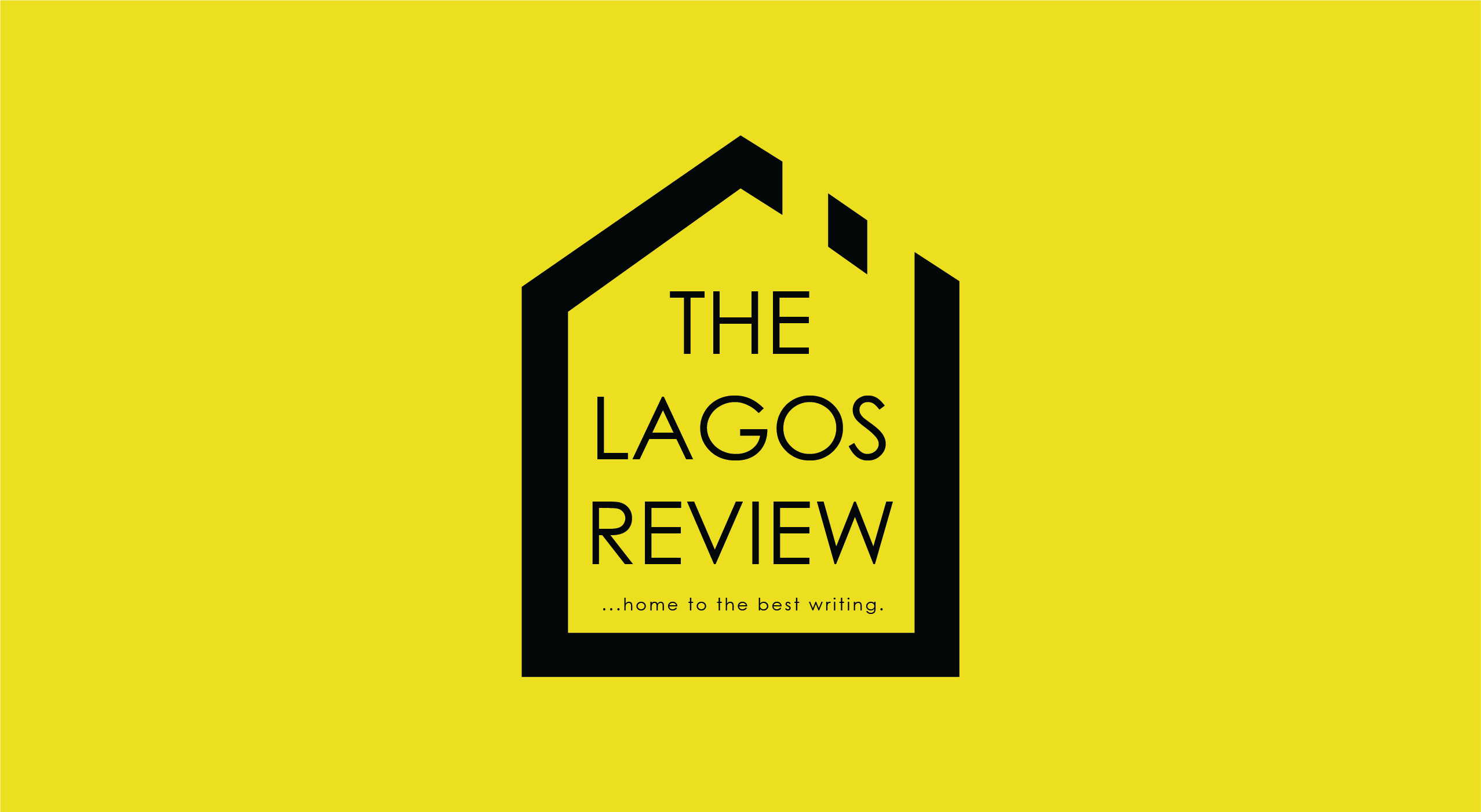Alex Matisse, great-grandson of legendary artist Henri Matisse, has launched a stunning tableware collection through his ceramics company, East Fork, in collaboration with the Henri Matisse estate, per artnet.com. Featuring the iconic aquatints and cut-outs of the Modernist pioneer, the collection brings the vibrant blues and bold designs of Henri Matisse to dinner plates, mugs and platters, blending fine art with functional craft in a celebration of legacy and creativity.

The collaboration with Les Héritiers Matisse, the artist’s estate, transforms the French master’s celebrated aquatints and cut-outs into functional pieces, marking a significant moment for both the Matisse legacy and East Fork’s artisanal journey.
Henri Matisse, a titan of Modernism, revolutionised art with his vivid colours and innovative forms. His iconic “Nu Bleu” series (1952), aquatint portraits, and joyous cut-outs like Femmes et singes (1954) now adorn East Fork’s dinner plates, side plates, mugs, and serving platters. A standout piece, a large platter featuring Le Platane (1951), captures the artist’s minimalist tree drawing, emphasizing the balance of space and form. Each item is set against East Fork’s creamy Panna Cotta glaze, with Henri’s signature ultramarine blue popping vividly.
For Alex Matisse, the project is both personal and professional. “It’s always been clay,” he said, reflecting on his medium of choice. A trained potter, Alex co-founded East Fork in 2009 in Asheville, North Carolina, with his wife Connie and friend John Vigeland. The company, now with retail locations in Asheville, Atlanta and Brooklyn, has earned acclaim for its elegant, earthy ceramics. Yet, Alex initially sought to carve a path distinct from his great-grandfather’s towering legacy. “I wanted to do something that stood on its own,” he admitted, acknowledging the “generational baggage” of the Matisse name.
This collection represents a homecoming. Growing up surrounded by Henri’s ceramic works and lithographs, Alex developed a deep connection to his great-grandfather’s art, particularly the aquatint portraits. The collaboration, two years in the making, required meticulous attention to detail. East Fork’s team studied Henri’s late-career ceramic experiments, opting for aquatints and cut-outs for their high contrast, ideal for ceramic translation. Capturing Henri’s elusive blue proved challenging. “Even within the cut-outs, it moves around,” Alex noted. Decals, crafted in a French workshop and approved by Alex’s brother Georges, who heads the Matisse estate, were fused onto the pottery to achieve a near-perfect ultramarine.
The timing is poignant. As copyrights on some of Henri’s early works expire in 2025, the estate, protective of his legacy, has been selective about licensing. “We wanted to respect that seriousness,” Alex said, emphasising the integrity behind the project. The collection not only honours Henri’s vision but also aligns with East Fork’s ethos of craftsmanship. “The process is beautiful,” Alex said, describing the science and labor of glaze-making and pottery production, where he feels most at home on the factory floor.
For Alex, the collection bridges his family’s heritage with his creative identity. He hopes it resonates with customers, inviting them to experience Henri’s “passion and joy” in daily rituals. Whether used by chefs as canvases or displayed as art, the pieces are designed to become cherished staples. “I hope our mugs make their way to the front of somebody’s cabinet,” Alex said, envisioning them as everyday treasures.
- Featured image: Alex Matisse/courtesy of East Fork





